Tropical Temptations: What to Catch Off the Coast of Belize
The crystal-clear waters surrounding Belize harbor some of the Caribbean’s most diverse and exciting fishing opportunities. Nestled along the Mesoamerican Barrier Reef—the second-largest reef system in the world—Belize offers anglers an unparalleled playground teeming with marine life. From flats fishing for elusive permit to battling massive offshore pelagics, Belize presents a fishing paradise for novice enthusiasts and seasoned anglers alike. Whether you’re casting from pristine white-sand beaches, exploring intricate mangrove systems, or venturing into the deep blue waters beyond the reef, Belize promises unforgettable fishing adventures against a backdrop of breathtaking tropical scenery.
The Grand Slam Pursuit: Permit, Tarpon, and Bonefish
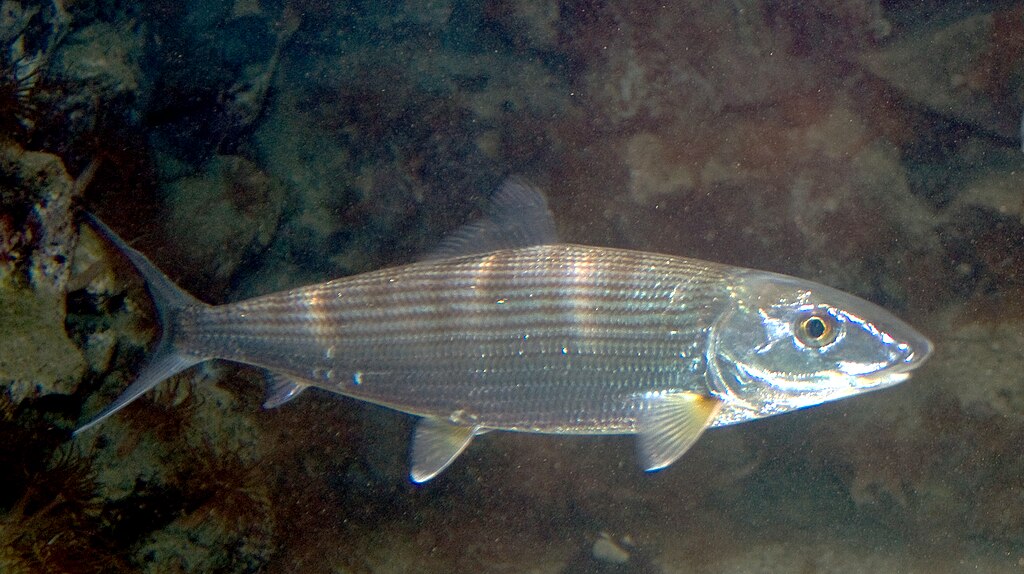
Belize has earned international acclaim as one of the premier destinations for anglers seeking the coveted “Grand Slam”—successfully catching permit, tarpon, and bonefish in a single day. The shallow flats surrounding Ambergris Caye and Turneffe Atoll provide ideal habitats for these prized game fish. Permit, with their distinctive sickle-shaped tails and cautious feeding behavior, represent perhaps the ultimate challenge in saltwater fly fishing. Tarpon, known as the “silver king,” can reach weights exceeding 100 pounds and delight anglers with spectacular aerial displays when hooked. Bonefish, though smaller than their slam counterparts, more than compensate with blistering runs that can strip hundreds of feet of line in seconds, earning them the nickname “ghosts of the flats” for both their speed and silvery, difficult-to-spot coloration.
Permit: The Ultimate Flats Trophy
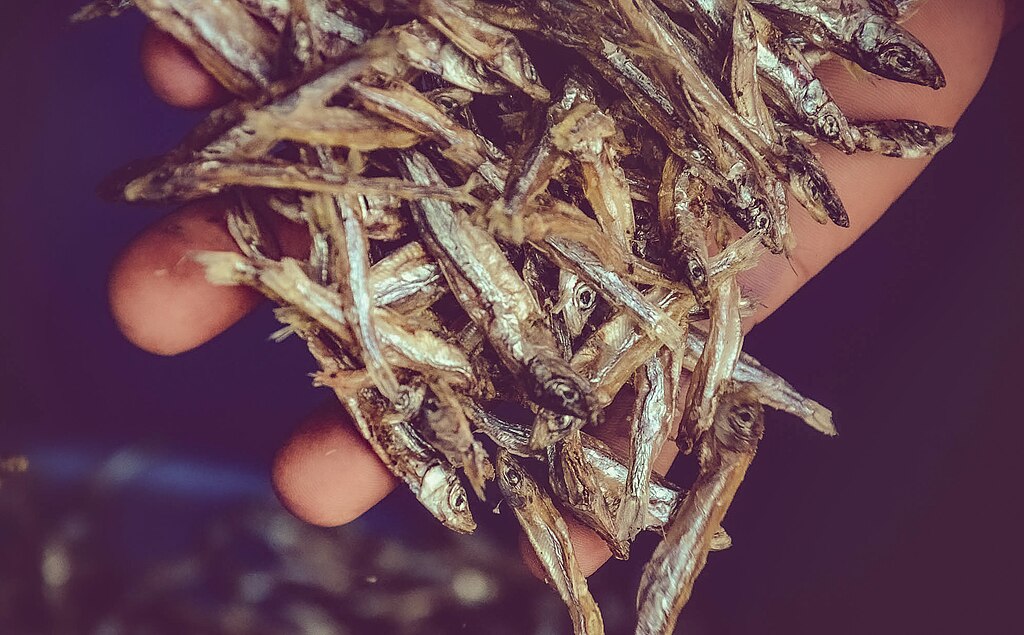
Permit fishing in Belize represents the pinnacle of flats angling challenges, drawing dedicated fishermen from around the globe. These cautious, disc-shaped members of the jack family cruise the shallow flats in search of crabs, shrimp, and small baitfish. Belize’s permit averages 10-20 pounds, though specimens exceeding 30 pounds are not uncommon. The shallow waters off Placencia and Hopkins Village have established reputations as permit hotspots, with peak fishing typically occurring between March and June. Successfully hooking a permit requires a perfect presentation, as these fish possess extraordinary eyesight and will spook at the slightest hint of an unnatural offering or shadow. Even experienced anglers might spend days pursuing these selective feeders before experiencing the heart-stopping moment when a permit finally commits to taking their fly or bait.
Tarpon: The Silver King’s Domain
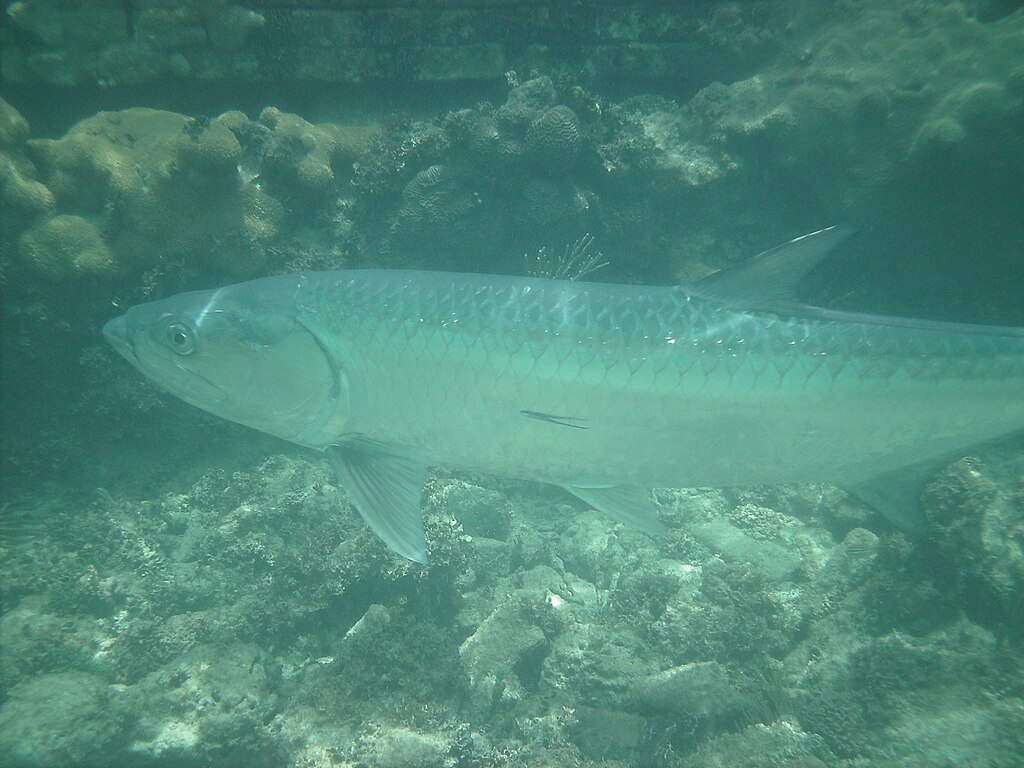
Belize offers world-class opportunities for targeting the mighty tarpon, particularly during their migration periods between April and October. These prehistoric fish, virtually unchanged for millions of years, can reach sizes exceeding 200 pounds in Belizean waters, though most specimens average between 60-100 pounds. Prime tarpon locations include the channels around Ambergris Caye, the flats near Belize City, and the legendary Savannah area near Placencia. Tarpon fishing typically peaks at dawn and dusk when these silver giants actively feed on mullet, sardines, and other baitfish. When hooked, tarpon perform spectacular aerial acrobatics, sometimes leaping more than ten feet from the water’s surface in attempts to throw the hook, providing anglers with heart-pounding action and unforgettable visual displays that represent the quintessential Belizean fishing experience.
Bonefish: Speed Demons of the Flats

The shallow flats surrounding Caye Caulker and Turneffe Atoll host impressive populations of bonefish, making Belize a premier destination for targeting these lightning-fast fighters. Belizean bonefish typically average 3-5 pounds, though specimens up to 10 pounds occasionally grace anglers’ lines. These fish patrol the flats in search of crabs, shrimp, and small mollusks, often giving away their presence by creating “nervous water” or visible “tailing” as they feed. When hooked, bonefish demonstrate why they’re revered by anglers worldwide—their initial run can strip 100+ yards of line in mere seconds, requiring careful drag settings and line management. The clear waters and extensive flats systems around Belize provide ideal sight-fishing conditions year-round, though many anglers consider February through May the prime season when calm conditions improve visibility and feeding activity.
Snook: The Mangrove Ambush Predator
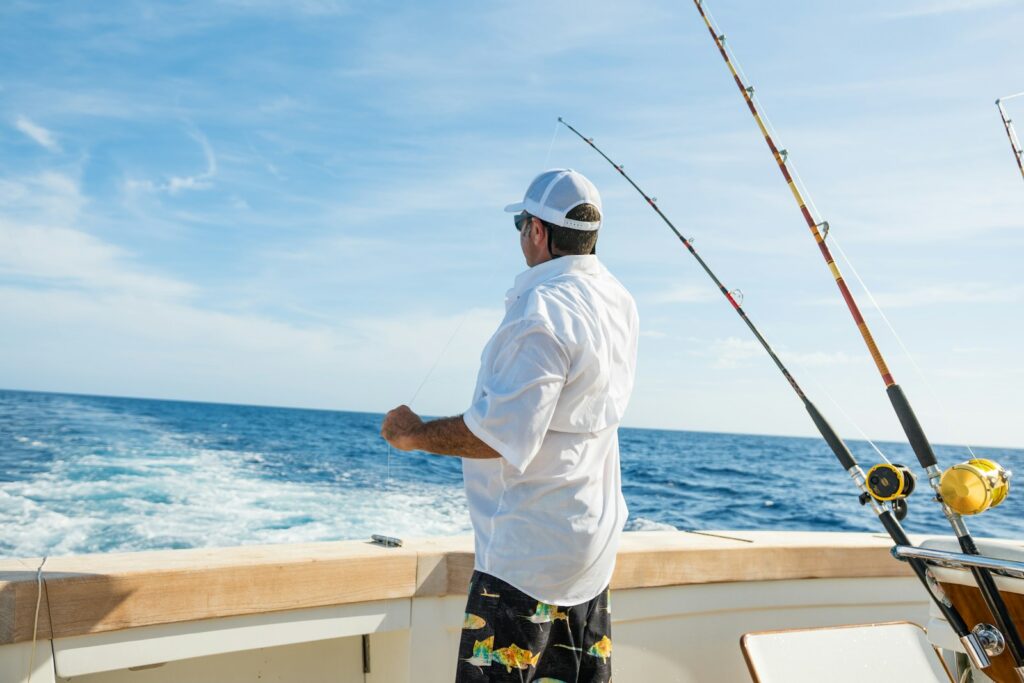
Belize’s extensive mangrove systems and river mouths create a perfect habitat for common snook, prized for both their fighting ability and excellent table fare. These ambush predators typically position themselves near structure, using their distinctive lateral line to detect vibrations from passing prey before exploding into action. Belizean snook commonly reach weights of 5-15 pounds, though trophy specimens exceeding 30 pounds are occasionally caught. The coastal rivers near Dangriga and the mangrove channels of Placencia Lagoon represent particularly productive snook fisheries. These fish demonstrate remarkable strength, often making powerful runs toward root systems and submerged structures in attempts to break off hooks or leaders. While snook can be caught year-round in Belize, many anglers target them during their spawning aggregations around the full moons of summer months when the largest specimens gather in predictable locations.
Reef Dwellers: Snapper and Grouper
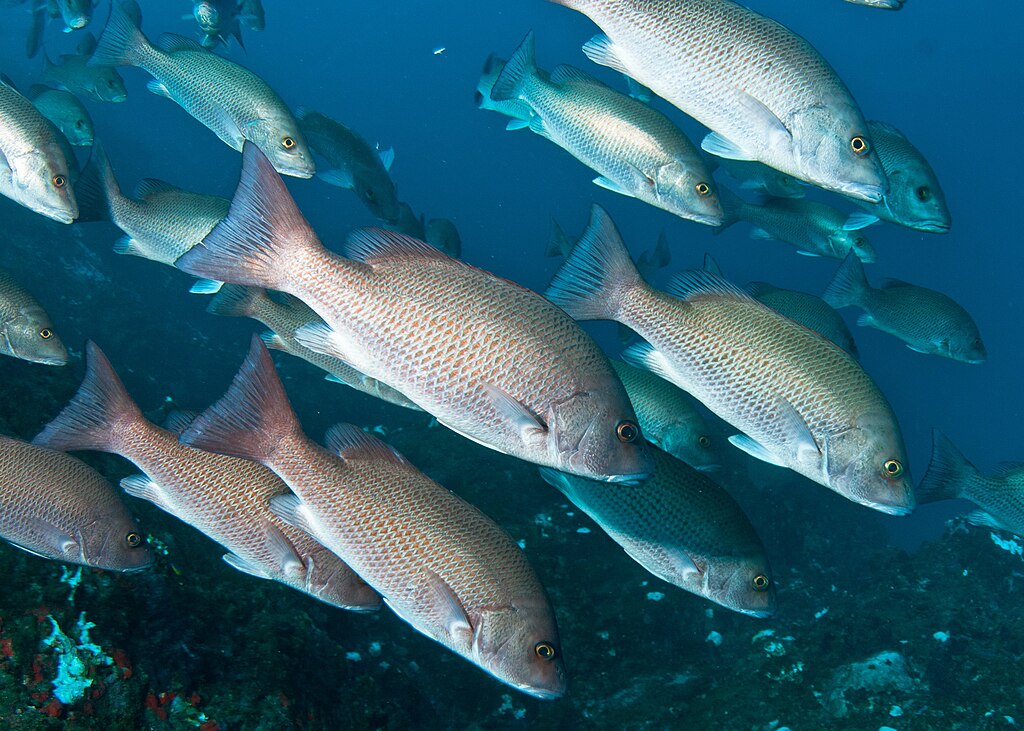
The extensive barrier reef system fringing Belize’s coastline harbors abundant populations of various snapper and grouper species, providing excellent opportunities for both sport and food fishing. Cubera snapper, the largest of the snapper family, can reach weights exceeding 50 pounds in these waters, while more common species like mutton and yellowtail snapper offer consistent action. Black, Nassau, and goliath grouper inhabit the reef’s nooks and caves, with the protected goliath grouper (formerly called jewfish) sometimes growing to massive proportions exceeding 400 pounds. These reef-dwelling species typically respond well to both natural baits and artificial lures worked near structure. Bottom fishing with heavy tackle near reef drop-offs consistently produces quality catches, with most captains targeting areas where nutrient-rich currents create feeding zones that concentrate these prized fish species.
Offshore Giants: Marlin, Sailfish, and Dorado
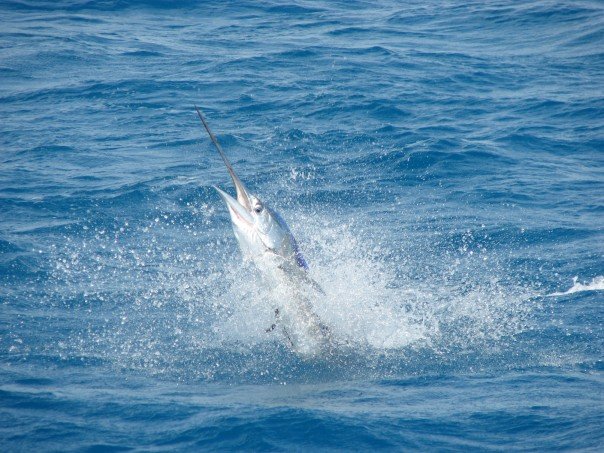
Beyond Belize’s barrier reef, the deep blue Caribbean waters offer thrilling big-game fishing opportunities for marlin, sailfish, and dorado (mahi-mahi). Blue marlin, the largest of these pelagic predators, occasionally exceed 500 pounds in Belizean waters, though most specimens average between 200-300 pounds. White marlin and Atlantic sailfish provide spectacular visual action with their acrobatic jumps and blistering runs. Dorado, immediately recognizable by their vibrant golden-green coloration and distinctive forehead profile, typically range from 15-30 pounds when caught off Belize. The most productive offshore fishing grounds lie 15-30 miles east of the barrier reef, where underwater topography creates upwellings that concentrate baitfish. Trolling with rigged ballyhoo, artificial lures, or teasers followed by pitched baits represents the standard approach for targeting these offshore speedsters, with peak seasons generally running from April through October.
Wahoo and King Mackerel: The Speed Demons

Wahoo and king mackerel rank among the fastest fish in Belize’s waters, capable of blistering runs that can melt drag systems and strip hundreds of yards of line in seconds. Wahoo, instantly recognizable by their tiger-striped pattern and razor-sharp teeth, typically average 25-40 pounds in Belizean waters, though specimens exceeding 80 pounds are occasionally boated. King mackerel (kingfish) generally run smaller at 15-30 pounds but make up for their size with aggressive strikes and powerful runs. Both species possess razor-sharp teeth requiring wire leaders, and both respond well to fast-trolled lures, particularly those with metallic finishes that mimic fleeing baitfish. The deep-water passages between cayes and along the barrier reef’s outer edge provide prime hunting grounds for these pelagic speedsters, with peak seasons generally occurring during winter months when water temperatures moderate slightly.
Barracuda: The Reef Raider
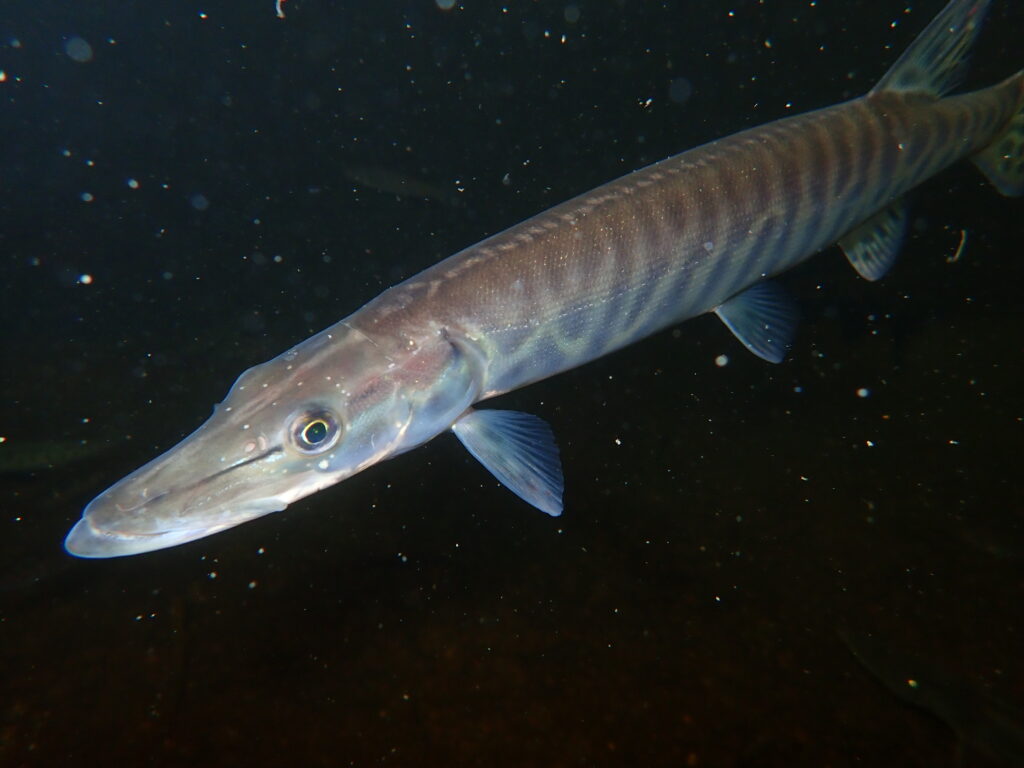
Great barracuda patrol virtually all of Belize’s marine environments, from shallow flats to offshore reefs, providing exciting visual action for anglers. These torpedo-shaped predators, armed with impressive arrays of razor-sharp teeth, can reach lengths exceeding five feet in Belizean waters. Barracuda hunting behavior offers spectacular visual excitement as they track lures with calculated precision before exploding into attack mode with lightning-fast strikes. Bright, flashy lures or tube lures that imitate wounded baitfish prove particularly effective, especially when retrieved with erratic, stop-and-go motions that trigger the barracuda’s predatory instincts. While sometimes considered secondary targets by anglers pursuing other species, barracuda consistently provide memorable battles, often punctuated by spectacular aerial displays and gill-rattling head shakes. Their widespread distribution throughout Belizean waters means anglers can target them year-round across multiple habitats, from mangrove edges to offshore structure.
Jack Crevalle: The Bulldogs of the Sea
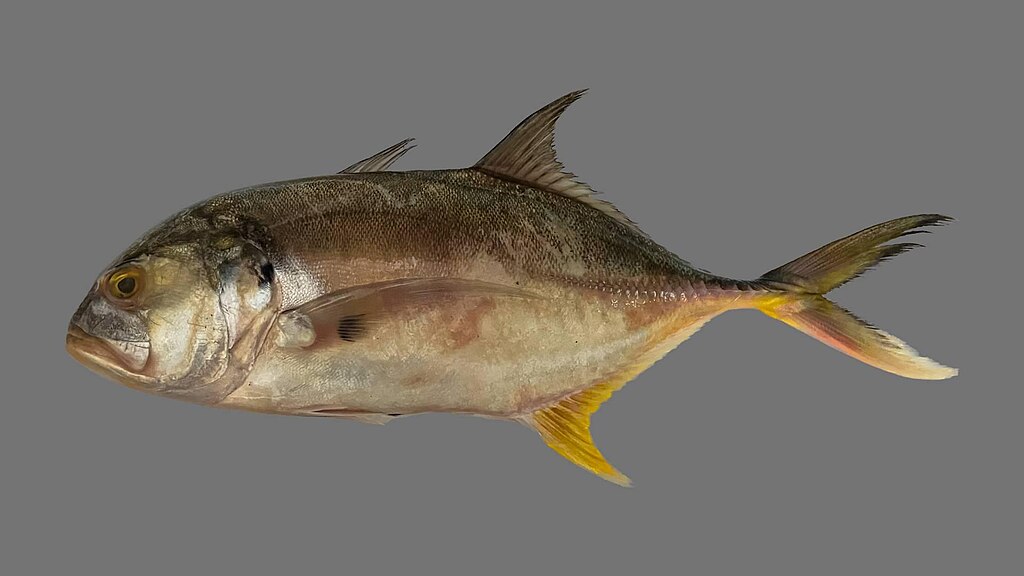
Jack crevalle provide some of the strongest pound-for-pound fighting action in Belizean waters, earning their reputation as “bulldogs of the sea.” These powerful members of the jack family typically range from 5-25 pounds, though specimens exceeding 40 pounds occasionally test anglers’ endurance. Schools of jacks often create visible surface commotion when feeding, driving baitfish into tight balls and attacking from below—a phenomenon locals call “busting bait.” Once hooked, jacks demonstrate remarkable stamina, making powerful, sustained runs that can last 20+ minutes even on appropriate tackle. These aggressive predators readily strike a wide variety of lures, particularly topwater plugs and flashy spoons retrieved at high speeds. While not considered premium table fare, their fighting qualities make them highly sought-after by sport fishermen seeking maximum action, particularly around the full and new moons when their feeding activity often intensifies dramatically.
Seasonal Fishing Calendar for Belize
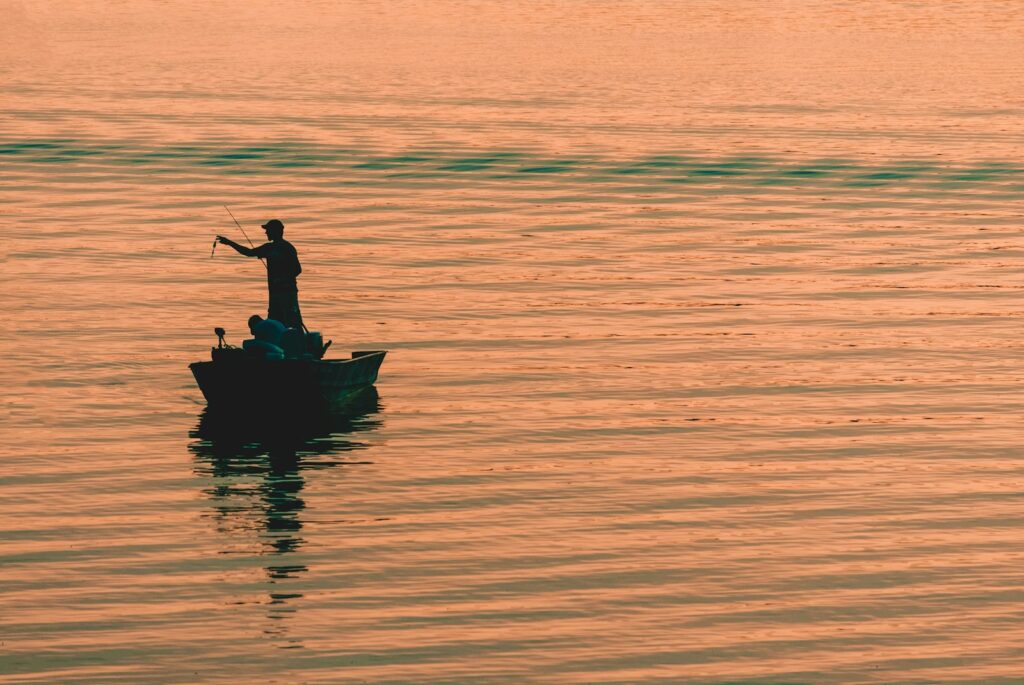
Belize offers excellent fishing opportunities year-round, though certain species show distinct seasonal patterns that savvy anglers can leverage. December through March represents prime time for permit fishing when winter cold fronts (known locally as “northers”) push clear water onto the flats, improving visibility for sight fishing. April through June brings migrating tarpon in peak numbers, particularly around the full moons when their spawning activity intensifies. July through September offers excellent opportunities for offshore species like marlin, sailfish, and dorado as warming water temperatures attract these pelagic predators closer to shore. October through November typically sees decreased fishing pressure despite excellent catches, as the occasional tropical weather system can create scheduling uncertainty but also trigger aggressive feeding before and after frontal passages. Understanding these seasonal patterns allows anglers to target specific species during their prime periods while still enjoying Belize’s remarkable year-round fishing diversity.
Conservation and Regulations
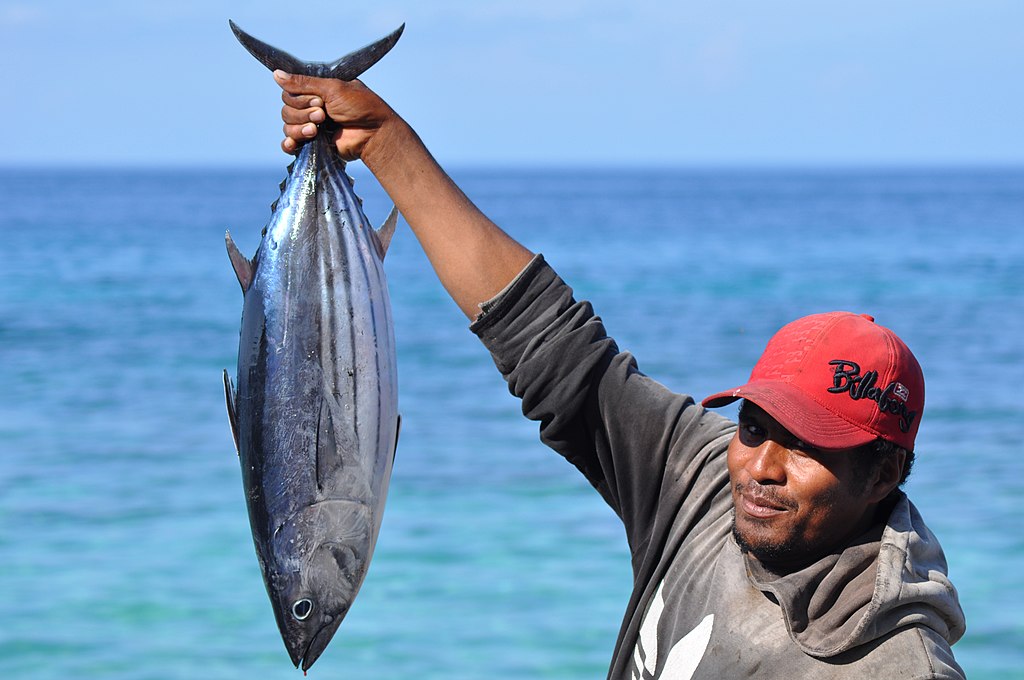
Belize has implemented progressive fisheries management regulations designed to protect its marine resources for future generations. Catch-and-release practices are strongly encouraged for sport fish species, with many guides and lodges implementing strict policies, particularly for permit, tarpon, and bonefish. Size and bag limits apply to food fish species, and certain areas have been designated as marine reserves where fishing is either prohibited or strictly regulated. Belize pioneered the establishment of special conservation zones like the Turneffe Atoll Marine Reserve, which helps protect critical spawning aggregations. Visiting anglers must purchase a Belize fishing license, available through most fishing lodges, marinas, or government offices, with options for daily, weekly, or monthly permits. These conservation efforts help ensure Belize’s remarkable fisheries remain sustainable while still providing world-class angling opportunities for visitors from around the globe.
Planning Your Belizean Fishing Adventure
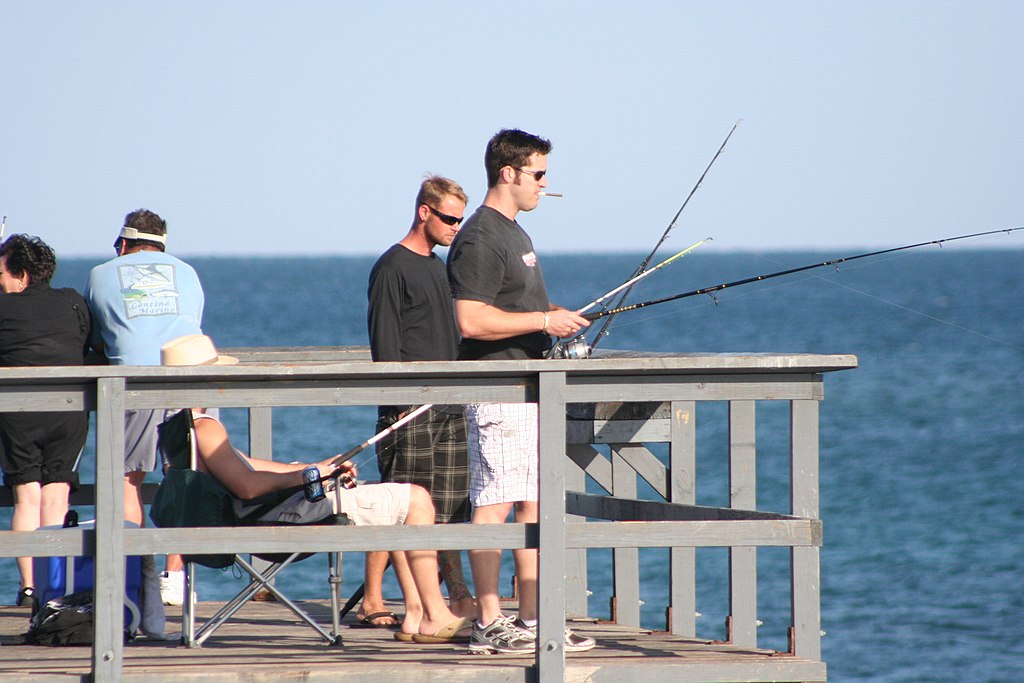
Planning a successful fishing trip to Belize requires consideration of several key factors to maximize your experience. Selecting the right base location proves crucial—Ambergris Caye and San Pedro offer excellent access to flats, reef, and offshore fishing along with developed tourist amenities, while Placencia provides a more laid-back atmosphere with superb access to permit flats and offshore grounds. Hiring a knowledgeable local guide represents perhaps the most important decision, as their intimate understanding of local waters, tides, and fish behavior often makes the difference between success and frustration. Most established fishing lodges provide complete packages including accommodations, meals, guided fishing, and equipment, though à la carte options exist for more independent travelers. The optimal time to book falls 6-12 months in advance, particularly for prime seasonal periods when the most sought-after guides and accommodations fill quickly with repeat clients who understand the remarkable fishing opportunities that Belize consistently delivers.
Conclusion
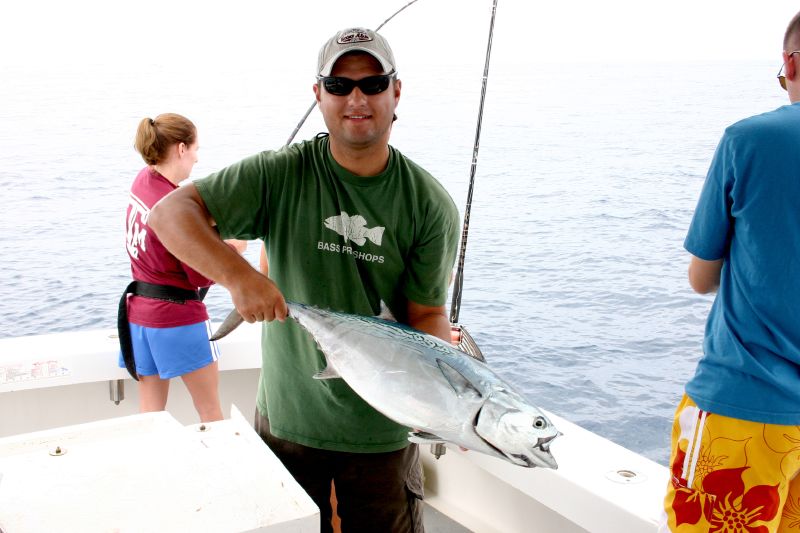
From the thrilling sight-fishing opportunities on crystalline flats to heart-pounding battles with offshore giants, Belize offers an extraordinary diversity of fishing experiences in a relatively compact geographic area. The country’s commitment to marine conservation ensures these opportunities will remain available for future generations of anglers. Whether you’re pursuing the elusive grand slam, targeting a specific bucket-list species, or simply enjoying the remarkable biodiversity of Belizean waters, this tropical paradise delivers fishing memories that last a lifetime. With its combination of world-class fishing, spectacular natural beauty, and warm hospitality, Belize rightfully earns its reputation as one of the premier angling destinations in the Western Hemisphere.

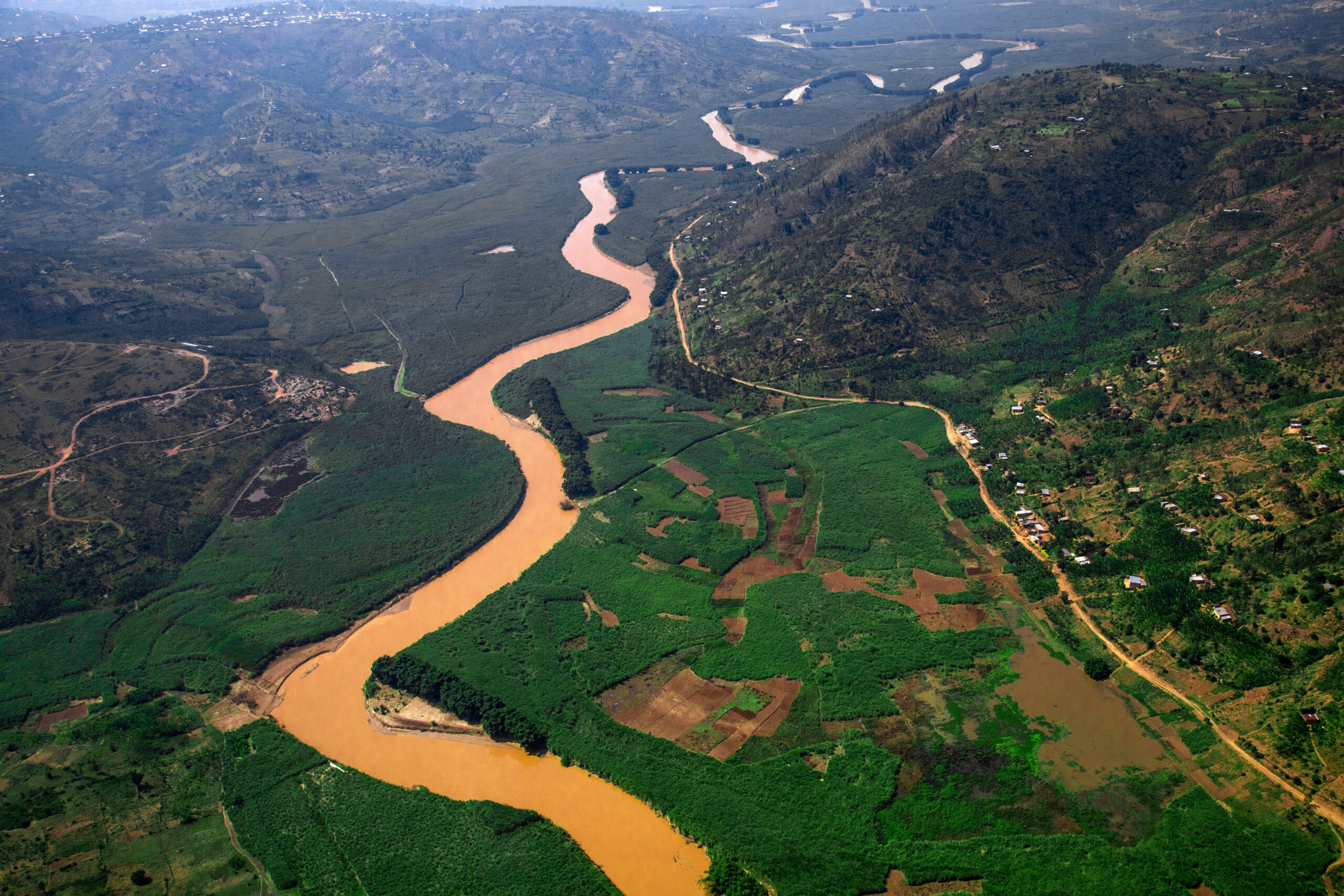

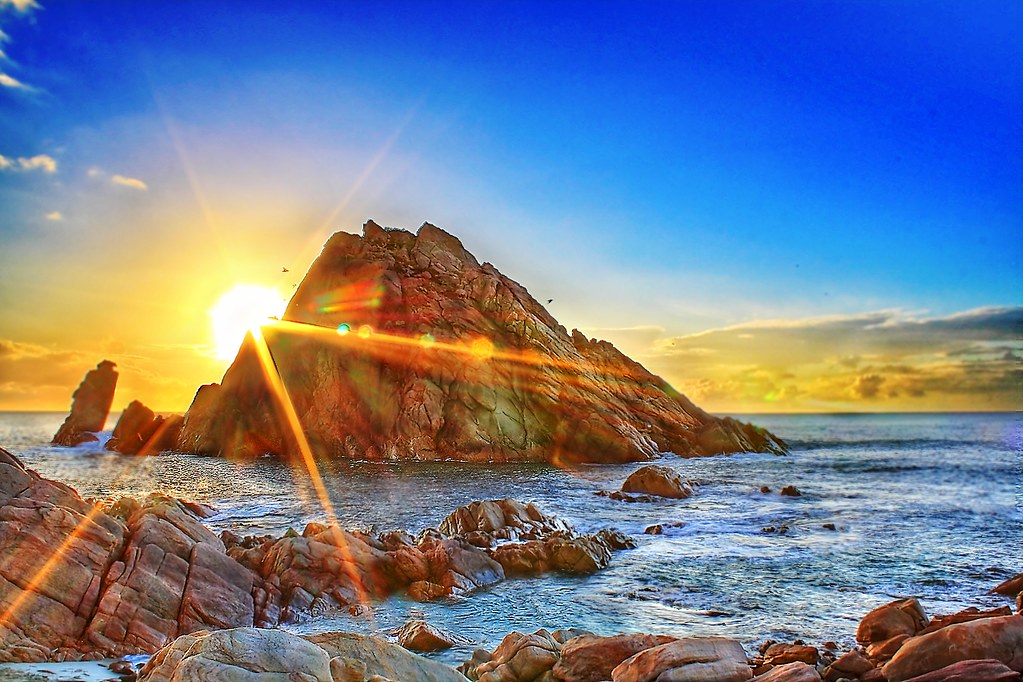
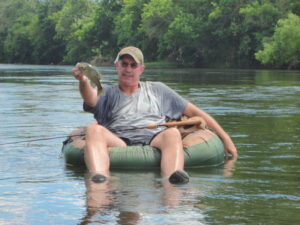
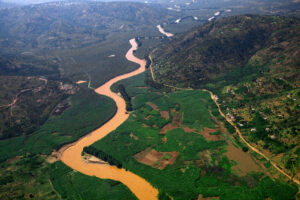








Post Comment